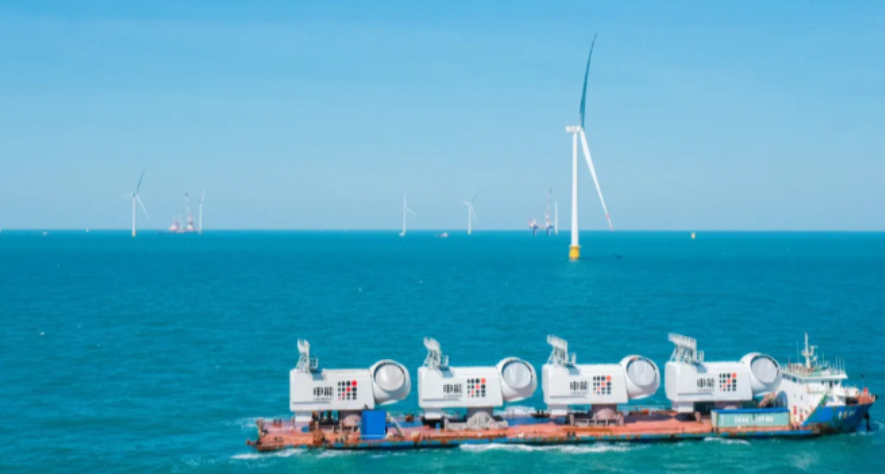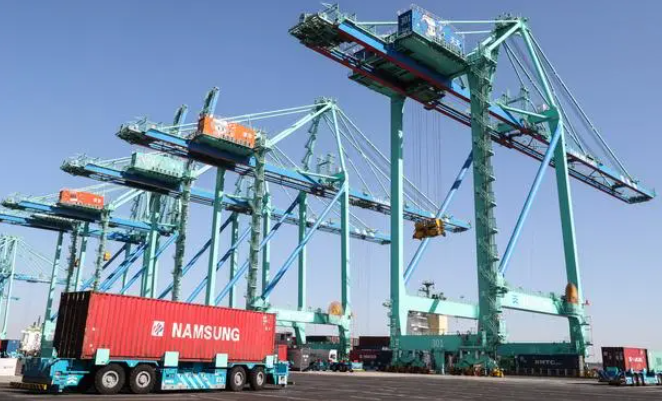cost-benefit analysis (redirected from CBA)
Also found in: Dictionary, Thesaurus, Medical, Acronyms, Encyclopedia, Wikipedia.
Cost-Benefit Analysis
The formal or informal process of comparing the expected costs of a project against its expected revenue. When a company conducts a cost-benefit analysis, it assigns dollar amounts to costs and benefits in order to determine whether a particular project is likely to be profitable. Cost-benefit analysis is important when making investment decisions.
cost-benefit analysisThe comparison of benefits and costs in decision making. Dollar values are assigned to benefits and costs in most cost-benefit analyses.
cost-benefit analysis a technique for enumerating and evaluating the total social costs and social benefits associated with an economic project. Cost-benefit analysis is generally used by public agencies when evaluating large-scale public INVESTMENT projects such as major new motorways or rail lines, in order to assess the welfare or net social benefits which will accrue to the nation from these projects. This generally involves the sponsoring bodies taking a broader and longer-term view of a project than would a commercial organization concentrating on project profitability alone.cost-benefit analysis a technique for enumerating and evaluating the total SOCIAL COSTS and total social benefits associated with an economic project. Cost-benefit analysis is generally used by public agencies when evaluating large-scale public INVESTMENT projects, such as major new motorways or rail lines, in order to assess the welfare or net social benefits that will accrue to the nation from these projects. This generally involves the sponsoring bodies taking a broader and longer-term view of a project than would a commercial organization concentrating on project profitability alone.The main principles of cost-benefit are encompassed within four key questions:
which costs and which benefits are to be included. All costs and benefits should be enumerated and ranked according to their remoteness from the main purpose of the project so that more remote costs and benefits might be excluded. This requires careful definition of the project and estimation of project life, and consideration of EXTERNALITIES and SECONDARY BENEFITS;
how these costs and benefits are to be valued. The values placed on costs and benefits should pay attention to likely changes in relative prices but not the general price level, since the general price level prevailing in the initial year should be taken as the base level. Although market prices are normally used to value costs and benefits, difficulties arise when investment projects are so large that they significantly affect prices, when monopoly elements distort relative prices, when taxes artificially inflate the resource costs of inputs, and when significant unemployment of labour or other resources means that labour or other resource prices overstate the social costs of using those inputs that are in excess supply. In such cases, SHADOW PRICES may be needed for costs and benefits. In addition, there are particular problems of establishing prices for INTANGIBLE PRODUCTS and COLLECTIVE PRODUCTS;
the interest rate at which costs and benefits are to be discounted. This requires consideration of the extent to which social time preference will dictate a lower DISCOUNT RATE than private time preference because social time preference discounts the future less heavily and OPPORTUNITY COST considerations, which mitigate against using a lower discount rate for public projects for fear that mediocre public projects may displace good private sector projects if the former have an easier criterion to meet;
the relevant constraints. This group includes legal, administrative and budgetary constraints, and constraints on the redistribution of income. Essentially, cost-benefit analysis concentrates on the economic efficiency benefits from a project and, providing the benefits exceed the costs, recommends acceptance of the project, regardless of who benefits and who bears the costs. However, where the decision-maker feels that the redistribution of income associated with a project is unacceptable, he may reject that project despite its net benefits.
There is always uncertainty surrounding the estimates of future costs and benefits associated with a public investment project, and cost-benefit analysis needs to allow for this uncertainty by testing the sensitivity of the net benefits to changes in such factors as project life and interest rates. See WELFARE ECONOMICS, COST EFFECTIVENESS, TIME PREFERENCE, ENVIRONMENTAL AUDIT, VALUE FOR MONEY AUDIT, ENVIRONMENTAL IMPACT ASSESSMENT.
cost-benefit analysisA decision-making tool that evaluates all the hard-dollar and economic consequence costs associated with pursuing a course of conduct against all the hard-dollar and economic consequence benefits reasonably to be expected from that decision,and comparing the two to see if they make economic sense.
Example: Riverdale Apartments is experiencing increased competition because of the abundance of new apartment projects being built nearby. In order to compete more effectively, it is considering adding a sophisticated security system with Web cameras allowing residents to monitor gate access; areas around the buildings; and common areas such as the laundry room, swimming pool, and playground. The hard costs of $270,000 can be partially defrayed by charging rental rates $15 per month higher than other properties. Spread across 200 apartments, this results in an additional income of $36,000 per year. In addition, the system is anticipated to result in the ability to retain occupancies at 95 percent rather than an expected short-term drop
to 75 percent until the new apartment buildings fill up and begin charging market rents in about 2 years. Calculations may attach a value of $36,000 per year to this consideration. Finally, the security system will result in significant insurance premium reductions amounting to $20,000 per year. The total short-term economic benefit is $92,000 per year for 2 years and $56,000 per year each year afterward (without adjusting for inflation or the cost of money). As a result, the initial $270,000 investment can be recouped in about 31/2 years and will show a profit afterward. After completing this cost-benefit approach, management will probably decide to spend the money for the improvements.
Want to thank TFD for its existence? Tell a friend about us, add a link to this page, or visit the webmaster's page for free fun content.
Link to this page:







